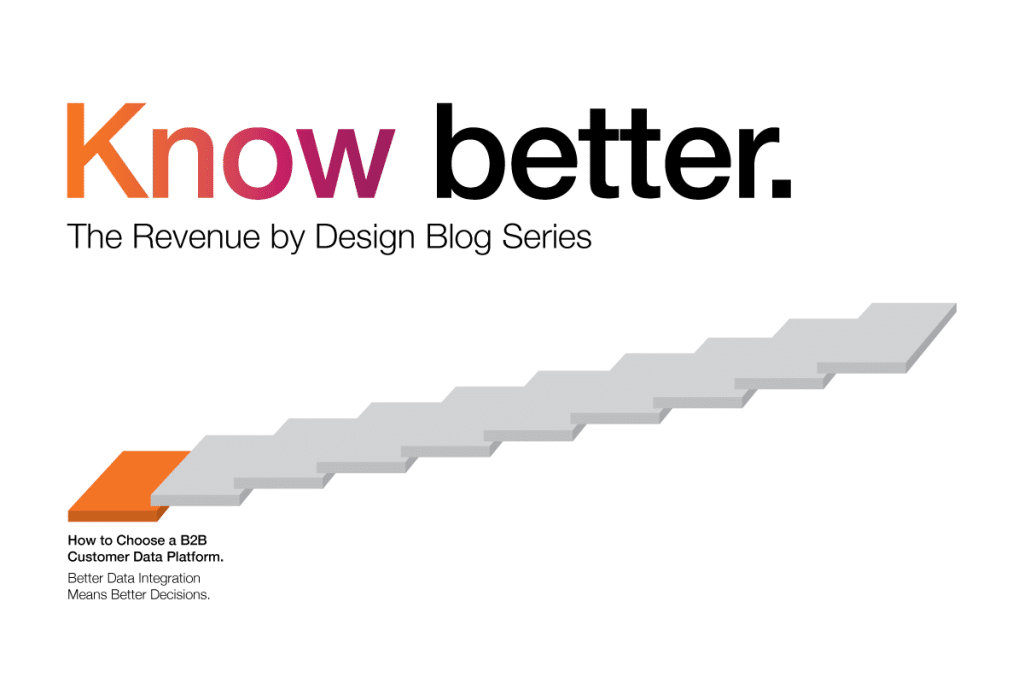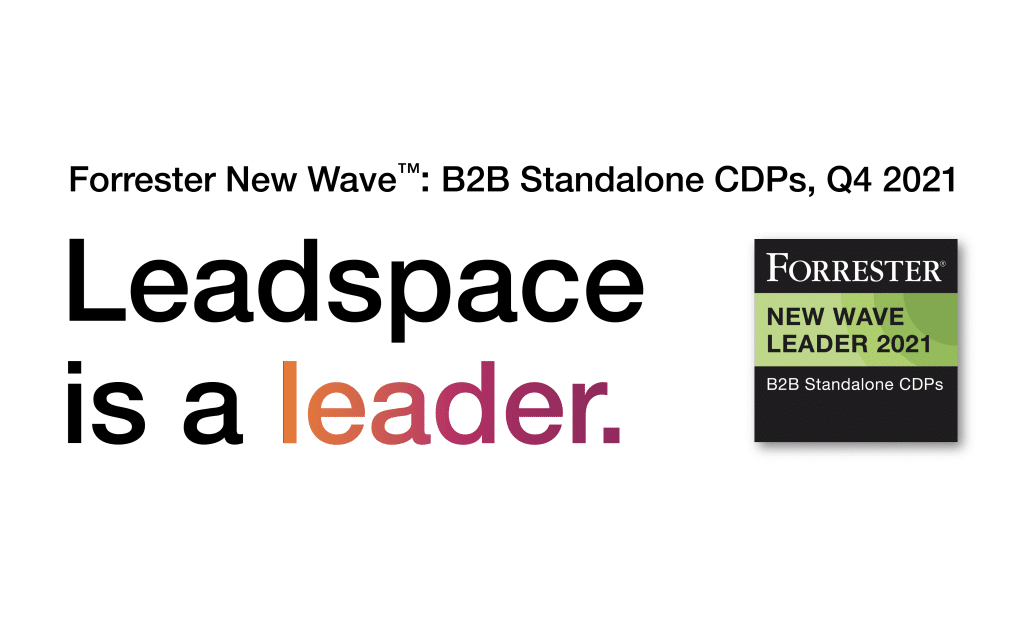It’s always that time of year. In sales and marketing we’re always starting a new quarter, ending a new quarter, trying to create demand for the following year or just planning. We always want to start strong and grow better. Assuming you start strong – how do you grow better? How do you outsmart the competition? How do you create sales and marketing systems that help identify the leads that matter? We need to create a system to identify right accounts and the right leads so that sales teams can understand which deals that they can count on for revenue going forward.
In last week’s blog we went over how to build your total addressable market (TAM) and align it with your global territories. Now let’s explore how to understand when the right accounts – and when the people in those accounts – are ready to buy. Which accounts are exhibiting buying signals? Which people within those accounts are exhibiting buying signals that indicate readiness to buy?
Now that you’ve figured out your TAM and estimated the size of a particular market, what kind of guardrails should you use for putting together go-to-market (GTM) strategies? Without guardrails, a company might chase after every potential lead or opportunity and waste time and money pursuing dead ends.
First, you need to determine the right company. This involves using your historical first-party data to develop an Ideal Customer Profile (ICP), then comparing it throughout your total addressable market by either basic firmographics, demographics, and tech install or an AI model. How closely each company matches, or fits, your product will depend on the conversion lift associated with numerous buying signals to produce an overall Fit Score. This is the first stage of honing in on your best targets.
Next, you need to determine which of the companies who fit your product are actually ready to buy. This means determining their intent at the product level – ensuring it’s the right time for the right company. We can determine intent by a company’s search activities. Most of you are buying weekly intent feeds delivering the names of companies who are searching for the terms that you prioritized – and they are typically categorized by low, medium or high intent. By merging this data with the account propensity or fit scores you can get a view of how a company is not only the right company but a ready company. Knowing that a company’s employees have been actively searching in your field of expertise with either new high intent or sustained intent enables you to focus your efforts on the fitting companies that are truly ready to buy.
Next, you need to figure out who are the right people to pursue within those companies. This involves scoring people by their persona. Does their role at the company line up with the personas of your historical successes? Is their persona typically responsible for making decisions to buy your type of product or service? Who makes purchasing decisions at the company? Or who might see the value in your product and bring it up the chain of command quickly and effectively? With a Persona Fit score, you can narrow in on the department, level, right job title, role or expertise to go after identifying the right person in that company who is most likely the right contact for your type of product.
Finally, you need to figure out if those personas, or specific people at the company are also ready to buy. This means scoring their engagement at the person level, using your marketing automation platform – Marketo, Eloqua or Pardot for example. Has that individual been on your website? Who specifically has been searching for your type of content? Who specifically has engaged with your previous marketing efforts? With this final piece of information, you can focus on the right people from the right companies who are ready, able, and eager to buy your type of product or service – ensuring you don’t waste time, money and effort chasing down leads that aren’t likely to close.
Account targeting is easy once you have models. Have you created a model, or is it at least in your head? What are the buying signals that matter? How many lookalikes in the world? Which territory is your next best place? Better sales account targets are all about “lift” – propensity, persona and intent. How does industry, persona, tech install, engagement or company specialty fit in? Are you doing territory and ABM investment tiering based on GTM science?
With account targeting, you can prioritize account assignments by tiering accounts into categories by closeable odds (the right accounts) and accounts that are showing intent and engagement (the ready accounts). With the right CDP solution, you can utilize AI predictive models to filter your TAM further by technographics, FIT, Persona, and intent. This enables you to plan territories and target accounts beyond just job titles, locations, and company size, as it algorithmically determines who is likely to close and where to focus your sales and marketing efforts. In short, utilizing a CDP solution enables you to bring predictive models into your TAM to automatically determine account readiness, giving you the information you need to achieve closeable business as you target the right people, in the right company, with the right outreach, at the right time.
For more information on optimizing territory assignments for closeable business, watch this webinar on Best Practices for Improving Sales Territory Management , and get on the fastest road to revenue..



